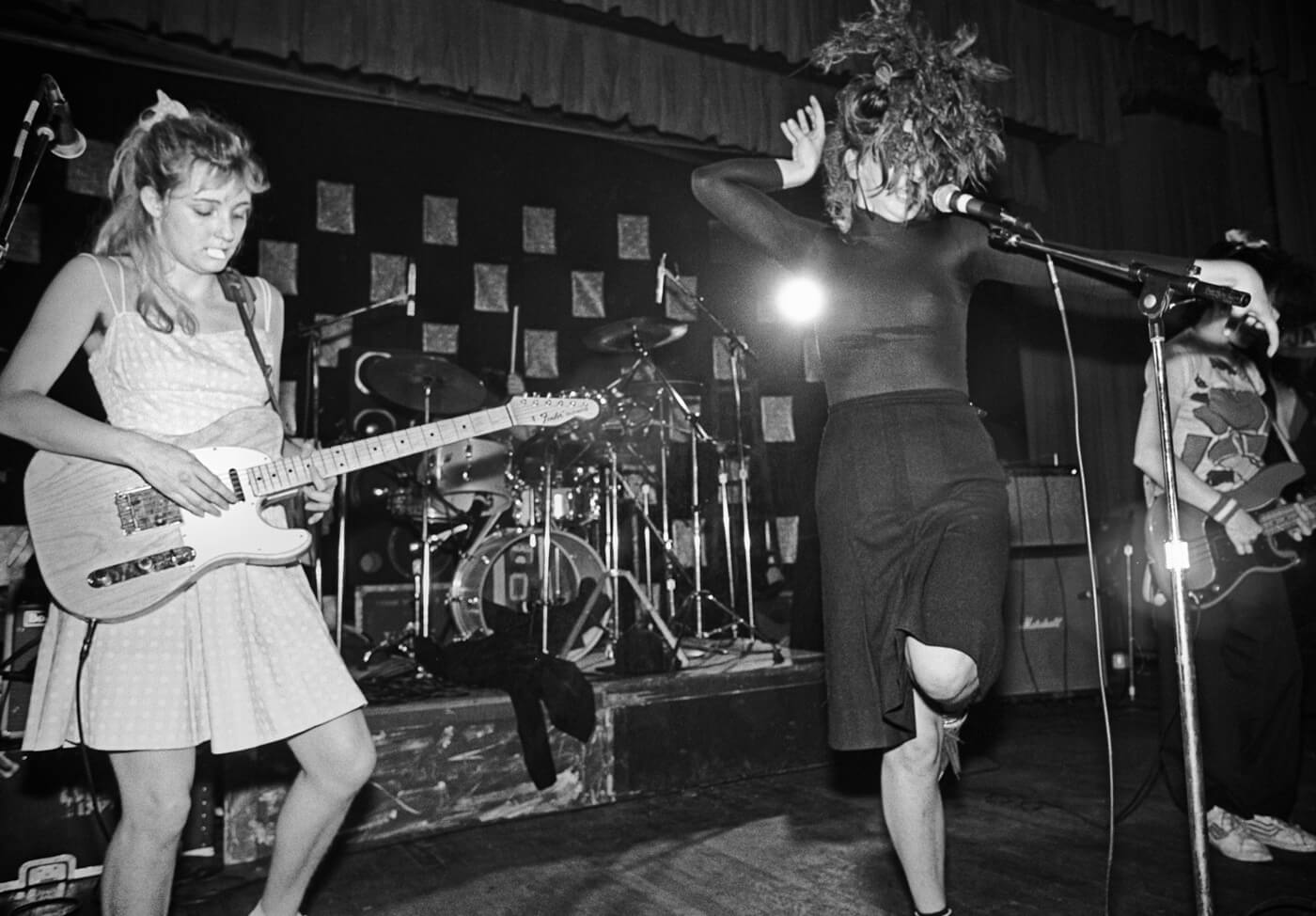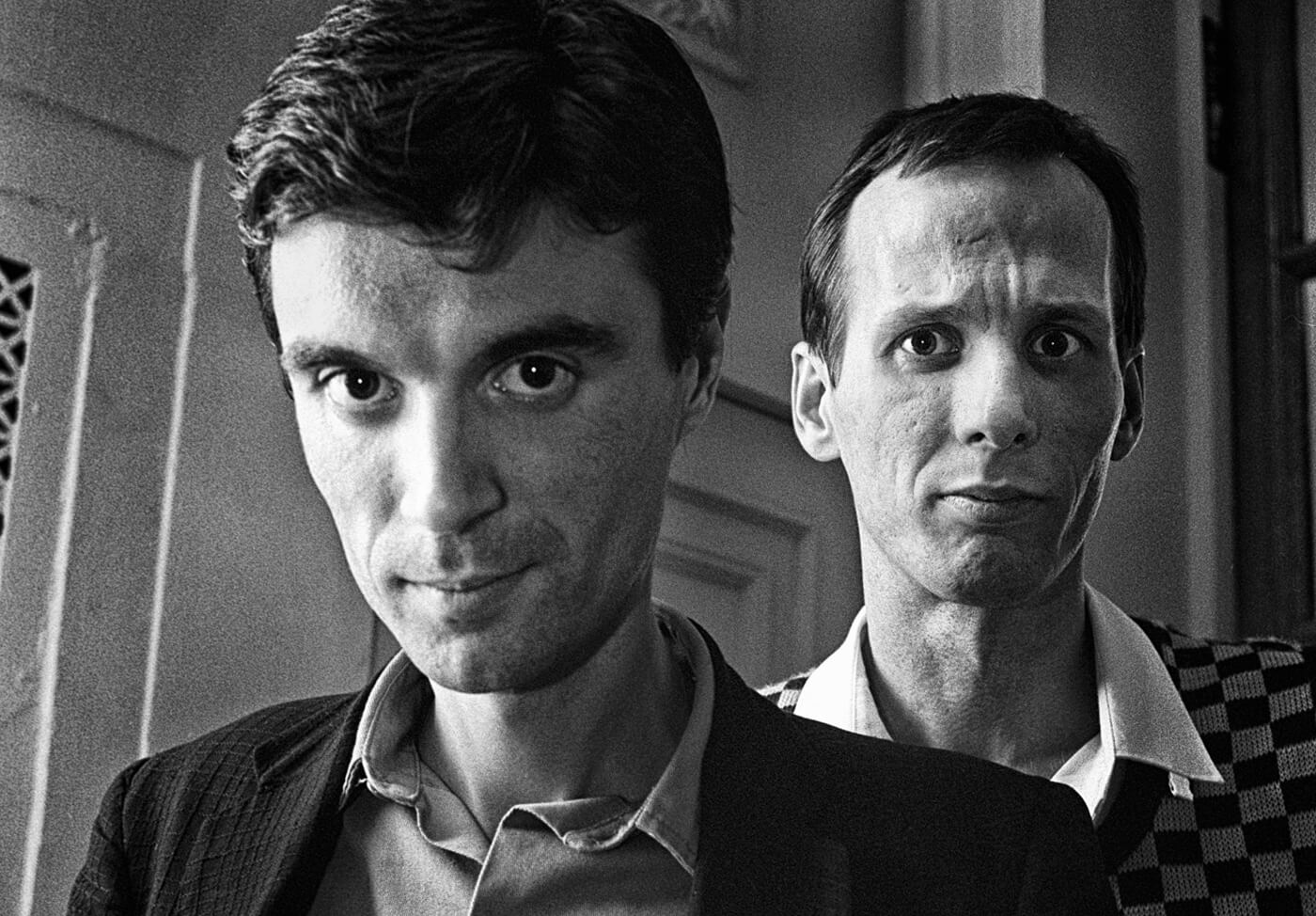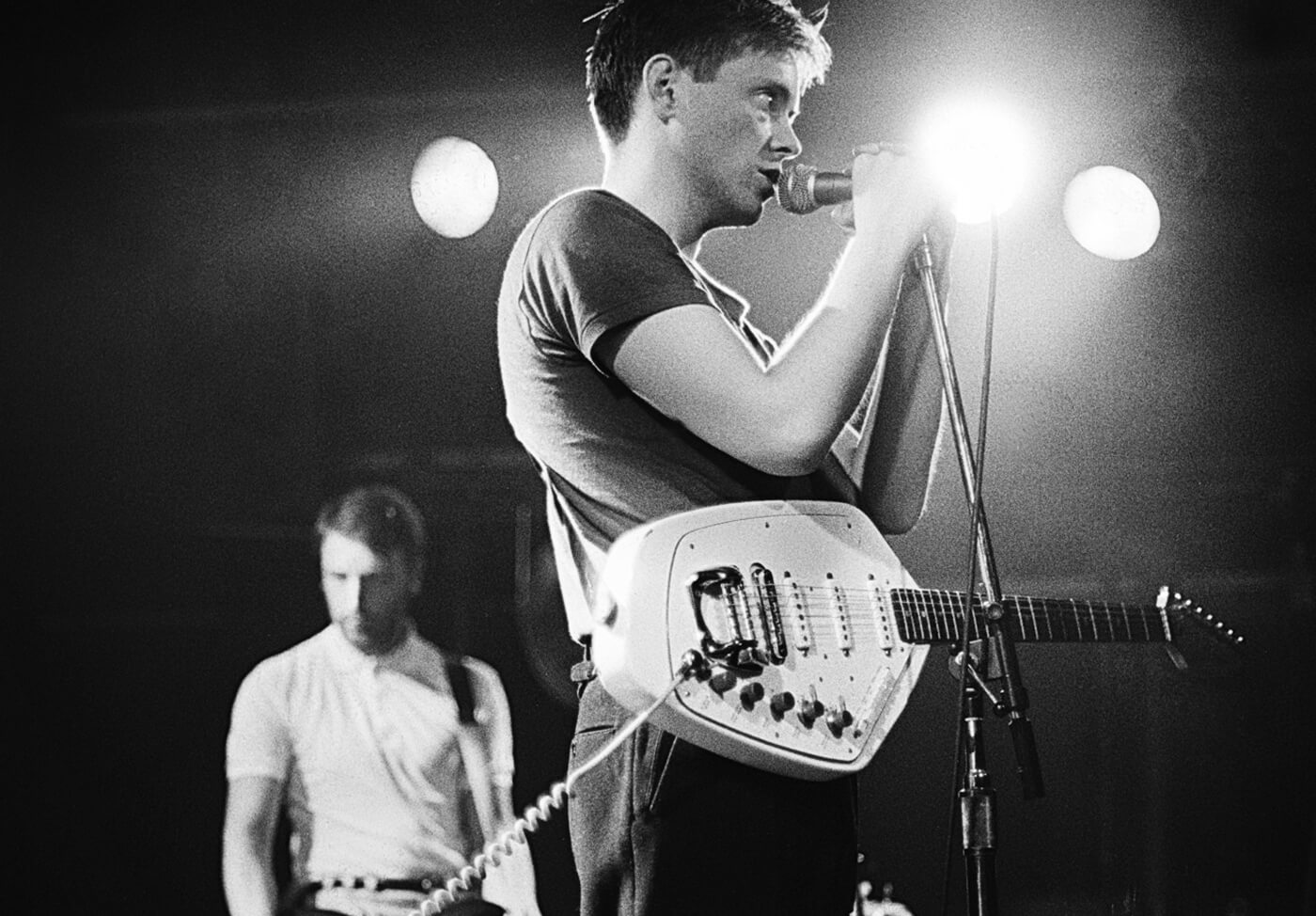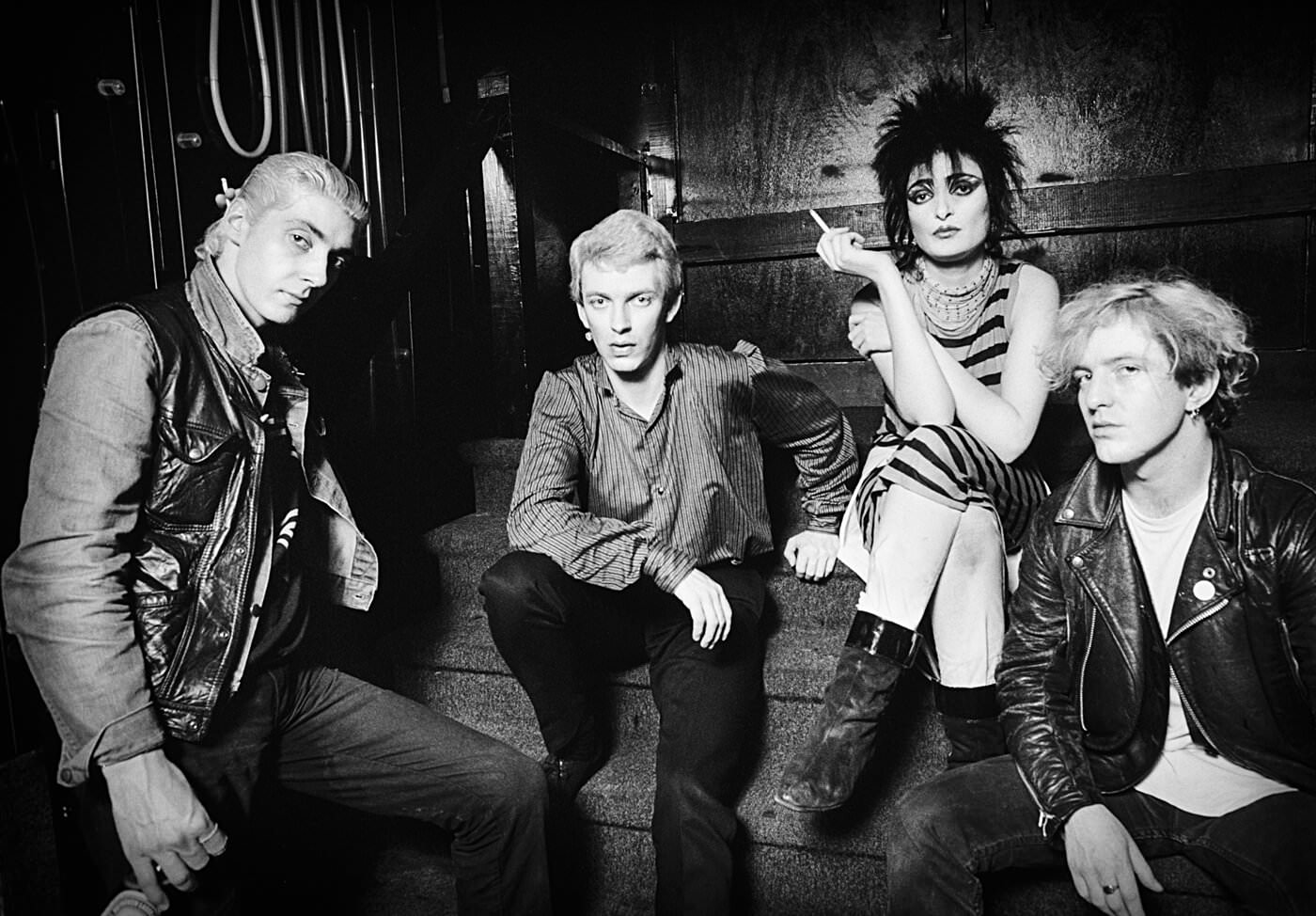Post-punk is a slippery genre. It slid out of the punk rock scene around ‘78, skirted around new wave by the skin of its teeth, and solidified its place in the annals of music history before slinking into the shadows circa 1984. The post-punk moment was brief, but its impact was great. Let’s take a look at a few of the bands who made it such a sensation.
Public Image Ltd
Public Image Ltd arguably launched the post-punk genre. It was formed by John Lydon—also known as Johnny Rotten of the Sex Pistols—in 1978. By the time the Pistols broke up, Lydon wanted out of the punk rock culture he’d helped create. So, he did what any musician might; with the help of Jah Wobble and Keith Leven, he changed his sound. Public Image Ltd drew on elements of noise music, dub, and disco (among other things) to construct songs that were equal parts disorienting and hypnotic. This nose dive into the avant-garde marked an obvious departure from classic punk rock and laid a firm foundation on which post-punk would be built.

The Slits
Iconic female punk group, The Slits, formed in 1976. They were young, rough, and unpolished both onstage and off, just like so many of their contemporaries. However, while such raucous behavior was hardly acceptable in men at the time, it was certainly not to be tolerated in young ladies. Consequently, The Slits didn’t get a record deal until 1979. By then, they had matured musically and transitioned from classic punk rock to post-punk. Their debut album, Cut, is full of songs that are light, intricate, and coursing with energy—they sound very nearly delicate, despite the raw vigor that permeates each one. Cut would go on to influence artists both inside and outside of the post-punk realm for decades to come.

Talking Heads
We can’t talk about post-punk without at least a nod to Talking Heads. Now you may be thinking “weren’t they a new wave group?” or perhaps “weren’t they some of the original punk rockers?” To answer: yes they were and yes they were. But that hasn’t stopped countless aficionados from rating some of their later albums among the best post-punk has to offer. The thing about Talking Heads is they never quite fit into any one genre, and as an ironic consequence, they are considered paragons of several. So, we can say with conviction that “Psycho Killer” is an iconic punk rock song, and “Once in a Lifetime” is the epitome of new wave, and Fear of Music is an essential post-punk album, despite the fact that the band themselves would like as not reject being put into any of these categories. Such is the way of genius.

New Order
In 1980, shortly after the tragic death of Ian Curtis, the remaining members of Joy Division regrouped to form New Order. Despite the initial difficulty of being overshadowed by their own former work, New Order continued to experiment and grow—eventually becoming one of the most influential bands of the decade. Though they would later take a hard left into electronica and become synth-pop sensations, the dark, moody, storm cloud sound of their early albums was instrumental in defining and crystallizing the post-punk genre.

Siouxsie and the Banshees
Siouxsie and the Banshees formed in 1976, and immediately established themselves as essential members of the punk rock scene. However, by the time they released their debut album, Scream, in 1978, it was clear that they were no traditional punk band. Their music was intense, tangled, and decidedly gothic. Siouxsie Sioux’s exceptionally powerful vocals made every track come alive with an eerie energy that was and is completely unmatched. The Banshees charted regularly throughout the 80s, achieving mainstream success in both the UK and the US. To this day, they remain one of the most critically acclaimed post-punk bands of all time, and have been cited as influential by a list of artists a mile long.

Are you a lover of post-punk? Then do yourself a favor and pick up a copy of Michael Grecco’s Punk, Post Punk, New Wave: Onstage, Backstage, and In Your Face to see incredible photos of your favorite artists, or check out our catalog of iconic post-punk and punk rock prints and choose a few to revamp your home decor.